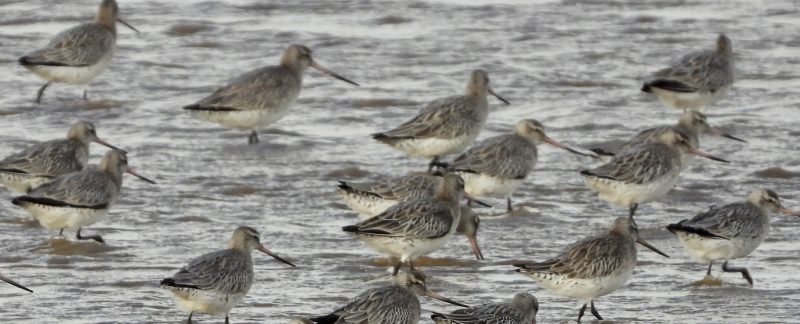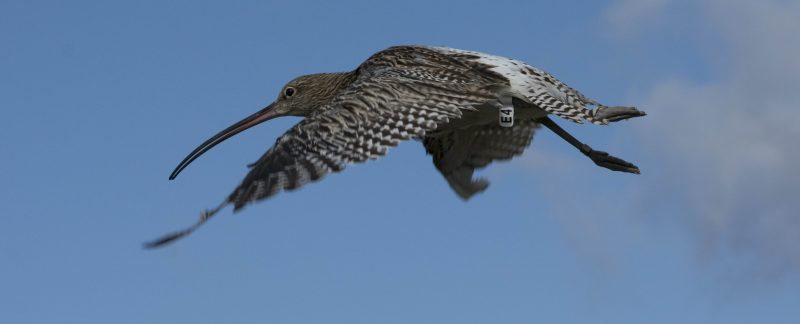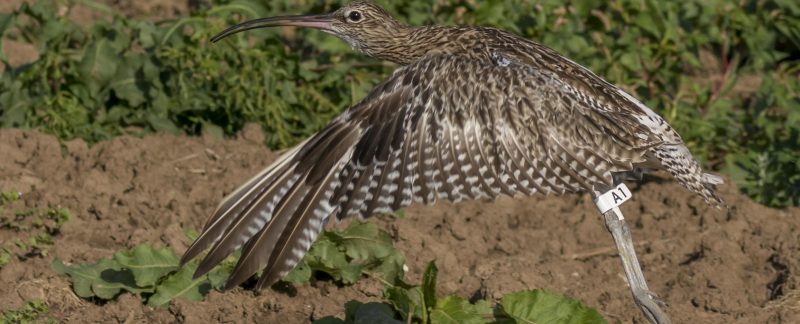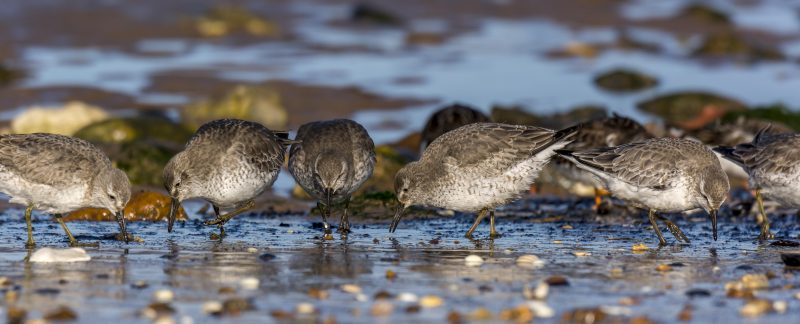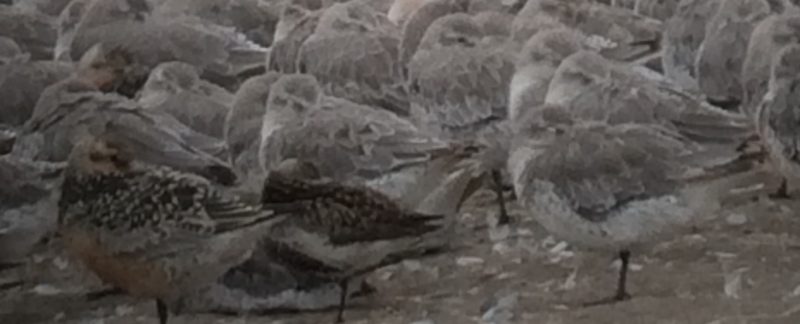Bar-tailed Godwits (Limosa lapponica) are large waders which have a wide distribution across several continents. Five subspecies are currently recognised plus a sixth recently proposed as yamalensis (Appleton 2021). Bar-tailed Godwits are long-distance migrants and one subspecies (baueri) makes an incredible non-stop migration from Alaska to New Zealand over the Pacific Ocean lasting many days.
Two populations of Bar-tailed Godwit use The Wash: lapponica breeds from northern Fennoscandia eastwards to western Russia and the Taymyr peninsula and moults on The Wash in autumn, with most birds staying to spend the winter; taymyrensis breeds further east reaching central Siberia and passes through The Wash on migration to its wintering sites, as far south as West Africa.
Continue Reading →
